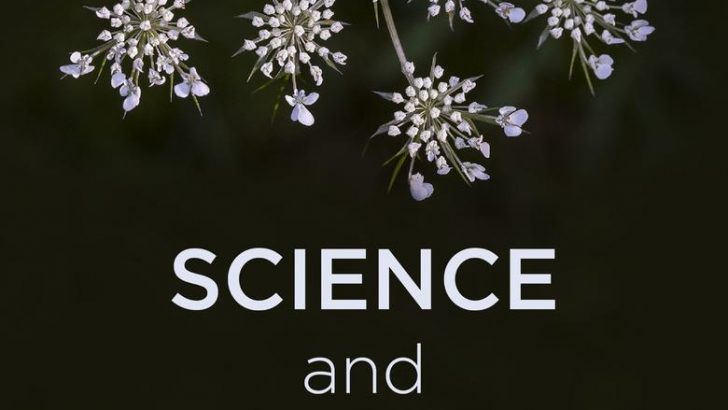Science and Spiritual Practices: Transformative experiences and their effects on our bodies, brains, and health
by Rupert Sheldrake (Coronet, £20.00)
Christopher Moriarty
Scientific evidence shows that humans have sought, for tens of thousands of years, to connect their activities with something outside their day-to-day activities. Since history began, written records of religious practices have been maintained.
A short time ago, relatively speaking, societies, including our own, began to question the importance and the very existence of any form of spirit world. This outlook took a major step with the Enlightenment towards the end of the 18th Century, accelerated with the scientific revolution of the 19th and 20th Centuries and is very much around us in the 21st Century in the form of atheism and secularism.
Facts
Rupert Sheldrake is one of the many members of the scientific community who combines a career as a committed scientist with one of studying and proclaiming the facts of life that elude the scientific discipline and are therefore dismissed by secularists. Sheldrake’s conventional science is a strictly rational and experimental study of the mechanisms underlying the growth of plants.
His parallel study is of the philosophy of science and the nature of the relationship between the human mind and the universe. His personal behaviour includes regular Christian worship on Sundays. He shares with Darwin, Dawkins, and others the gift of being able to express his views in a highly readable style.
Enjoying an upbringing as a believer, Sheldrake adopted atheism in his teens and subsequently came to two important conclusions. Firstly that atheism is a belief system and no more rational or logical than belief in the Divine. Secondly that the human being is an integral part of a living universe. The things of the mind are very much more than the electrical and chemical processes that take place within the individual’s brain.
Phenomena
Science and Spiritual Practices follows on from previous books by the author in examining a number of phenomena relating to connections between the physical world that answers readily to scientific investigation and the world of the senses which cannot be measured, bottled or dissected.
He describes the results of the myriad of statistical studies which show impressive, though scarcely remarkable, therapeutic effects of such practices as yoga, performing music, walks through forests and both formal and informal religious observance.
In addition, he provides examples of the truly remarkable physical changes in the brain itself resulting from such behaviour.
Statistical studies have been with us almost as long as a human lifetime, but neurology is a development of the past 20 years or so and has actually overturned some of the widely accepted theories of less than half a century ago.
As well as the exciting overall thrust of this book, there are many gems from the author’s personal experience and the writings of thinkers from the likes of Pythagoras and Plato through more than two millennia to the present day.
One that particularly interested me is the author’s time spent living in an ashram in the course of the years he spent working in crop research in India.
One of his teachers was the Benedictine monk Fr Bede Griffiths who began his morning Mass with a Sanskrit mantra invoking the divine power that shines through the sun.
The priest’s reply to Sheldrake’s questioning the inclusion of a Hindu mantra in a Catholic service was “Precisely because it’s Catholic. ‘Catholic’ means universal. If it excludes anything that is a path to God, it’s not Catholic, but just a sect.”
This is a book of inspiration and knowledge – it also has a substantial element of practical advice on how to follow a variety of spiritual exercises which, statistics show, have a measurable positive effect on health and happiness.
Dr Christopher Moriarty is a marine biologist and author with an interest in the interactions of religion and science.



